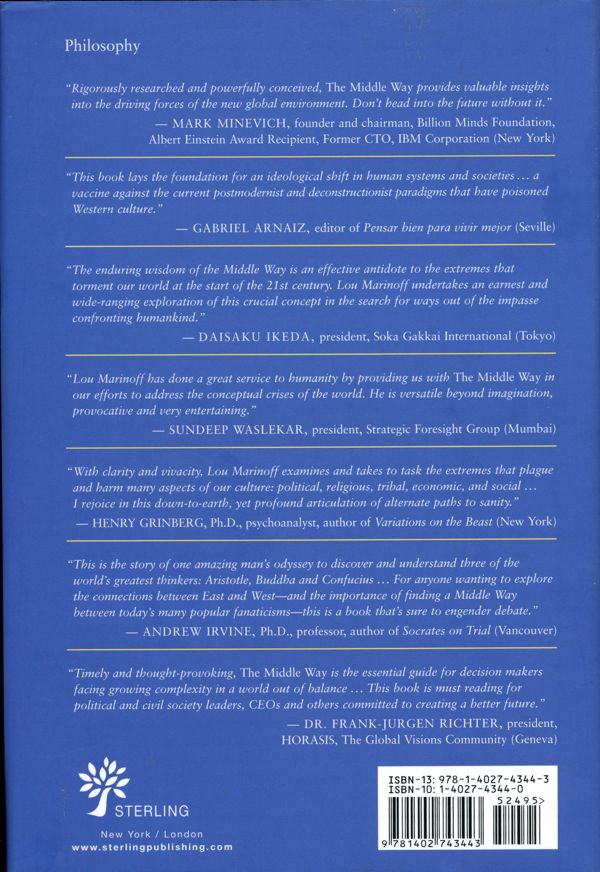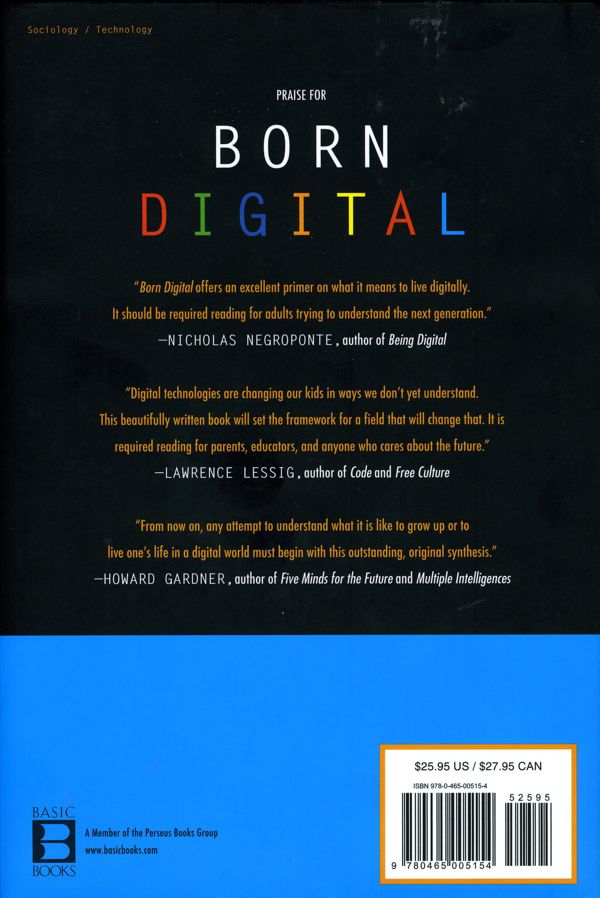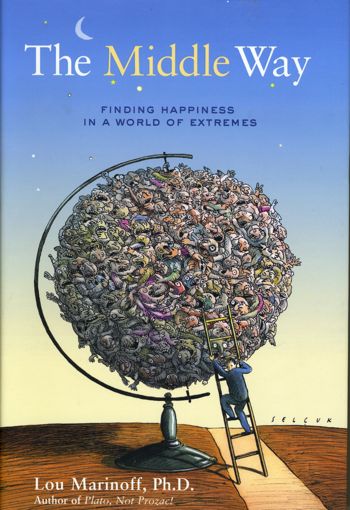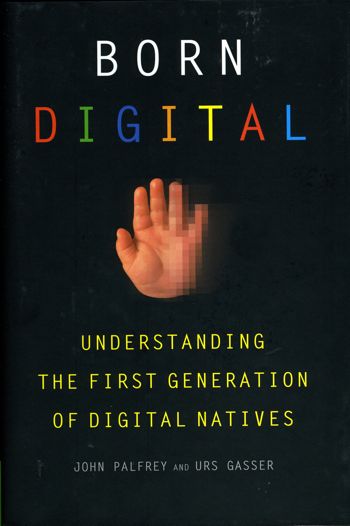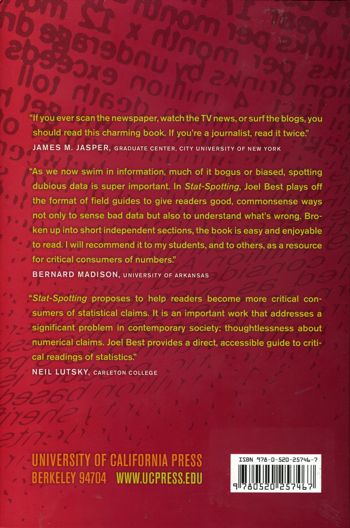Monday December 22, 2008 5:20 am Lethbridge
It is -21 C with a high forecast of -18 C. Sunrise 8:27 Sunset 16:34 Hours of daylight: 8:07.
See current Lethbridge forecast here. See current Lethbridge news here.
This page last updated on:
Tuesday, December 23, 2008 7:29 AM
A. Morning Musings
Now the number of hours of daylight should begin increasing. There is light snow falling. This should be the last of the new stuff for a few days.
| Learning Category |
Planned Activities for Today |
Time |
| Technology |
Make Notes for "Born Digital" (2008) by John Palfrey & Urs Gasser |
1 hr |
| Technology |
Attempt to update Cmap software |
1 hr |
| Philosophy |
Continue "The Middle Way" by Lou Marinoff |
1 hr |
| Literature |
Begin reading "A Tale of Two Cities" by Charles Dickens |
1 hr |
| Mathematics |
Begin reading "Stat-Spotting: A Field guide to Identifying Dubious Data" by Joel Best |
1 hr |
B. Actual Learning Activities
6:00 am
Born Digital
John Palfrey & Urs Gasser
This is both a good book and a misleading book. The good refers to the comprehensive nature of discussing many of the important dimenstions of the impact of the Internet and computer technology on people. The misleading refers to the fact that the book is written by two law professors who are actually outside of the culture they purport to be describing.
Given their background, there is an excellent discussion of where the law can help and where it likely cannot help. But it misses the mark when it talks about the psychology and sociology of the impact. Here the treatment is relatively superficial.
There is no real sense of any one individual from "the first generation of digital natives". |
- Here are the 13 chapter headings:
- Identities
- Dossiers
- Privacy
- Safety
- Creators
- Pirates
- Quality
- Overload
- Aggressors
- Innovators
- Learners
- Activists
- Synthesis
Let's play with this a bit. Ignoring the last chapter, we have 12 headings. In one sense every chapter is related to all the other chapters. One way to represent this is by a traditional clock face. Then draw lines from every node to all the other nodes.
Easy to visualize in the mind's eye, and easy to draw with a pencil and paper. But definitely more difficult to draw with technology.
The diagram can then be improved by using lines of different thicknesses (or colors) to represent different strengths.
Alternatively the diagram can be redrawn where the location of the nodes changes. Instead of a circle (or 12-sided polygon) one could locate the 12 nodes by means of some form of distance measure where one estimates the strength of the connection by a number between 1 and 5 (say) where a 1 would be a strong connection and this would result in nodes that are strongly connected being located relatively close to one another. This is a form of multidiemsional scaling, or possibly factor analysis, but once again the software is problematic.
Another way to cluster the nodes is semantically. Some of the headings are issues, others are people. Issues are identities, dossiers, privacy, safety, quality, and overload. People are creators, pirates, aggressors, innovators, learners and activists. This works for me. Particularly since I now have 2 chunks, each with 6 pieces. This satisfies the principle of "seven plus or minus two" for forming categories that are easy to remember. And each of these two main categories can be chunked into two sub-chunks. For example: issues can be divided into safety (dossiers, privacy, safety) and impact (identities, quality, overload), and people can be divided into positive (creators, innovators, learners, activists) and negative (pirates, aggressors).

This diagram was created in about 2 minutes using a software package called MindMap. Each of the right-most nodes can be easily expanded to include a number of important points.
I also tried to create a diagram using cmap, but ran into technical difficulties when updating the software.
|
Tags: technology, culture, sociology
10:30 am
The Middle Way
Lou Marinoff
I am going to see what happens when I try to make notes for chapter 6 Political Extremes.
|
The subtitle for this chapter is "Polarized America, and the Absence of a Common Good". This suggests that the chapter will focus on the USA rather than on the global context.
Here are the section headings:
- The ABCs of Politics
- Political Polarization in America
- Ringing Gaussian Bells
- Lies, Damned Lies, and Statistics
- Politics, Race, and the Moral Majority
- Extemism from the Left
- Extremism from the Right
- White Radical Liberal Guilt
- Guilt versus Shame
- The Blues
- From Ordered Slavery to Chaotic Freedom
- The Middle Way
I have added the numbers for reference purposes. The first section reviews what the three ABCs had to say about politics. The second section is about polarization in the USA. The next two, short, sections are about statistics. This is followed by 7 sections on the situation in the USA. The final section suggests that a middle way is the best approach to resolving these difficulties.
The heart of the chapter is in the second section, where Marinoff claims that "America is a nation of extremists as well as moderates, increasingly polarized and fractured along many axes - political, religious, economic, cultural, educational, racial, sexual, to mention but a few. As a prominant pollster discovered about American public opinion on foreign affairs, 'There is no majority stance. Instead, polarized groups of Americans glare at each other across deep chasms.' " [p. 175]
The basis for this claim is "I travel all over America, and everywhere the chasm of political polarization yawns under my feet." [p. 176]
This is beginning to sound more like a personal tirade than a careful review. It builds on the prejudices that arise from a few extreme occasions, rather than on a carefully conducted survey.
The middle 7 sections are all characterizations of such extremism rather than a survey of the degree and extent of various beliefs. This is not scholarship but the setting up of two straw-men (liberal - conservative or Democrat - Republican) and then coming down the middle with one's personal choice.
I am done. But I did value the first 4 chapters. |
Tags: philosophy, religion, sociology
12:00 PM
Having completed both non-fiction books, I am now in a position of selecting two more: one fiction and one non-fiction.
The non-fiction book will be "Stat-Spotting: A Field Guide to Identifying Dubious Data" (2008) by Joel Best. This is a fairly small book that looks like it might relate to my reasons for pulling back from the last 2/3 of "The Middle Way".
For a novel, I am opting for a change of pace: "A Tale of Two Cities" by Charles Dickens. I like Dicken's writing but have never read beyond the opening sentence of this book, "It was the best of times, it was the worst of times ... ". Might be a good introduction to 2009. Now to sit back and revel.
Books on the Go Today |
|
see below |
|
see below |
|
|
|
|
